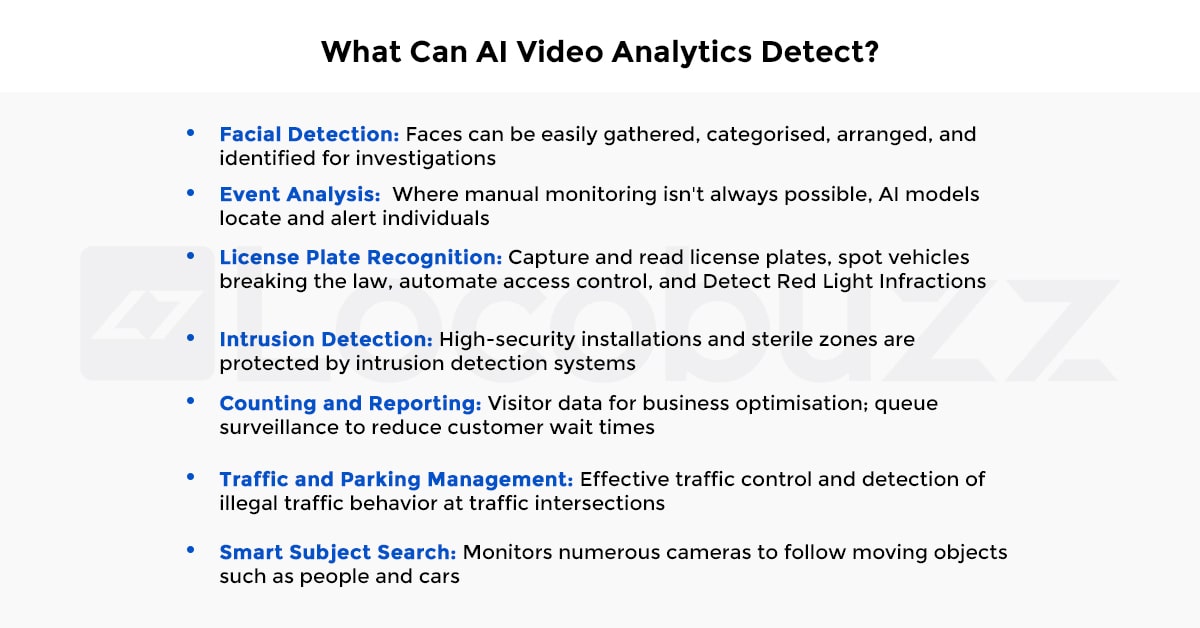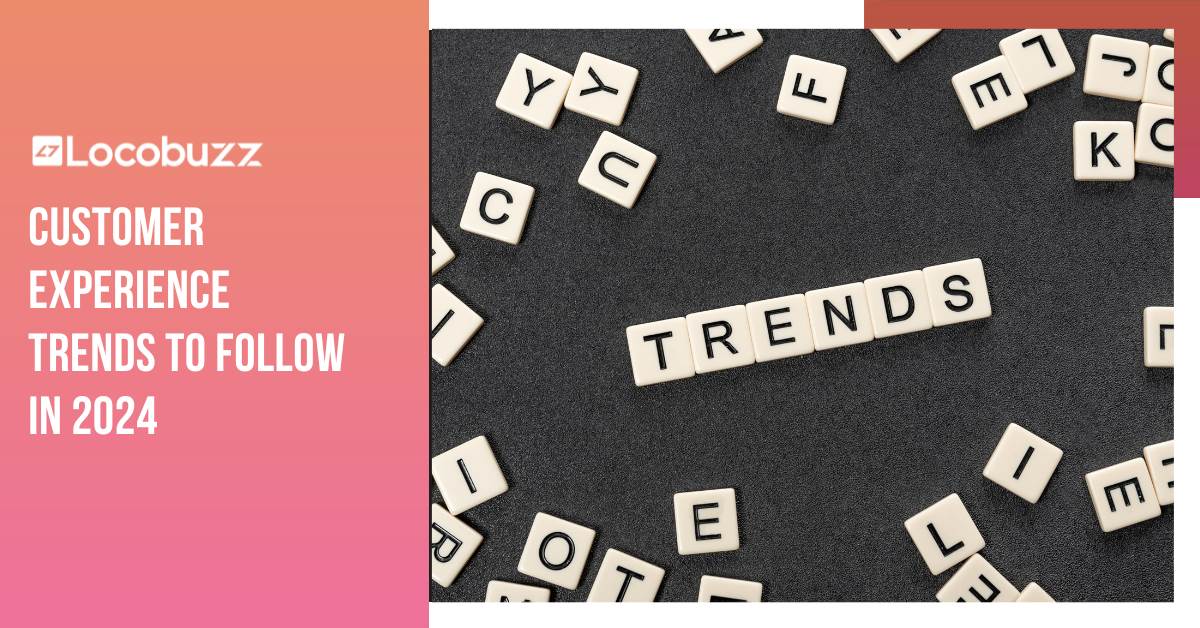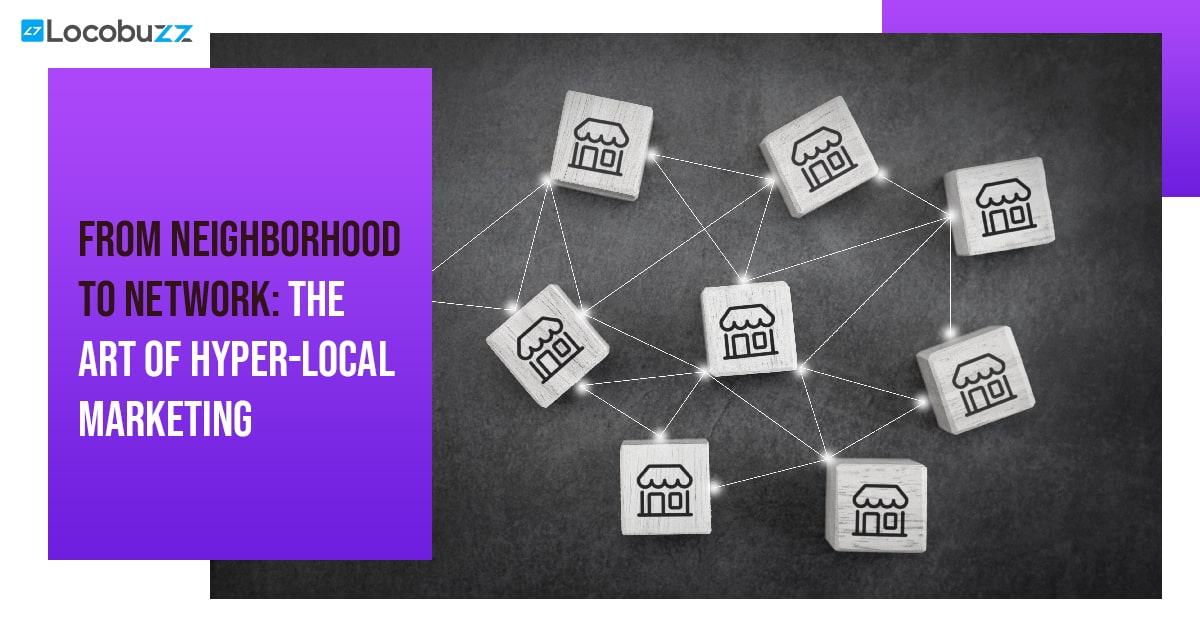Video Analytics Software: Top comparisons in 2024

Video analytics, sometimes referred to as video content analysis or intelligent video analytics, has recently piqued the interest of both the academic and business communities. Deep learning has become more widely used, and as a result, video analytics has allowed for the automation of previously human-only processes.
Recent advancements in video analytics have entirely changed the game. From real-time traffic jam alerts to systems that study customer movement in stores to increase sales. Other more well-known uses include facial recognition and smart parking.
Although this type of technology appears to be fantastic, how does it operate, and how can it help your company? Let’s know it together.
You’ll learn about the fundamentals of video analytics and how it’s applied in the real world to streamline procedures and acquire insightful data. And what factors should you take into account when deploying intelligent video analytics solutions in your business?
What Is Video Analytics Software?
Video analytics is a technology that uses already-existing video surveillance networks to extract searchable, usable, and quantifiable intelligence from video content viewed in real-time or recorded. Video intelligence software is powered by artificial intelligence and deep learning, and it extracts and identifies objects from videos using trained Deep Neural Networks. Then, it classifies each object to enable intelligent video analysis, which includes search and filtering, alerting, data aggregation, and visualisation.

What Is Intelligent Video Analytics?
Automatically identifying temporal and spatial events in videos is the primary objective of video analytics. A video analytics solution can identify suspicious movements, disregarded traffic signs, and the unexpected arrival of flames and smoke, to name a few.
The concept is straightforward in theory: strategically placed cameras allow human operators to regulate what takes place in a space, such as a room or a public area. Video surveillance is one such instance. Video analysis software can significantly contribute by allowing users to efficiently handle large amounts of data.
Real-Time Video Analytics And Video Mining
These systems usually perform real-time monitoring, identifying objects, object properties, movement patterns, and behavior related to the monitored environment. Video analytics can, however, also be used to draw insights from previous data by analysing it.
The Role of Deep Learning Algorithms in Video Content Analytics
Video analytics has evolved from conventional algorithms based solely on Computer Vision to combining potent Deep Learning approaches, partly due to advancements in Deep Learning research and greater availability of video data with the proliferation of worldwide video camera networks.
Deep Learning is a branch of artificial intelligence that involves training machines to recognise and identify the same data in fresh data sets by exposing them to large amounts of labelled data. Deep Learning mimics how humans learn, allowing technologies to more accurately recognise and identify items based on more information exposure. Deep Learning is made possible by reliable hardware infrastructure, which also improves processing performance and increases the accuracy of object identification, categorisation, and recognition.
Edge vs Server Based-Video Analytics
Software for video analytics can be executed locally on every camera, centrally on a video server, or, in a hybrid setup, on specialised hardware at the edge. Every strategy has advantages of its own, which should be considered for each application.
What Can AI Video Analytics Detect?

- Facial Detection: Faces can be easily gathered, categorised, arranged, and identified for investigations
- Event Analysis: Where manual monitoring isn’t always possible, AI models locate and alert individuals
- License Plate Recognition: Capture and read license plates, spot vehicles breaking the law, automate access control, and Detect Red Light Infractions
- Intrusion Detection: High-security installations and sterile zones are protected by intrusion detection systems
- Counting and Reporting: Visitor data for business optimisation; queue surveillance to reduce customer wait times
- Traffic and Parking Management: Effective traffic control and detection of illegal traffic behavior at traffic intersections
- Smart Subject Search: Monitors numerous cameras to follow moving objects such as people and cars
- Facial Detection: Find faces in large amounts of data using facial detection. The amount of data analysts must scan to find criminal suspects is growing. Faces can be easily gathered, categorised, arranged, and identified for investigations. VIP or blocklist identification access management, attendance restricted zone surveillance, and forensic facial analysis.
- Event Analysis: Analyzing rapid event recognition, understanding what is occurring, when and where, etc. In situations where manual monitoring isn’t always possible, AI models locate and alert individuals.
- License Plate Recognition: Locate stolen automobiles more quickly using license plate recognition. Identify and scan license plate numbers in photos or videos to identify stolen or uninsured cars. Capture and read license plates, spot vehicles breaking the law, automate access control, and Detect Red Light Infractions.
- Intrusion Detection: High-security installations and sterile zones are protected by intrusion detection systems, which also guard the perimeter of the complex
- Counting and Reporting: Visitor data for business optimisation; queue surveillance to reduce customer wait times.
- Traffic and Parking Management: Effective traffic control and detection of illegal traffic behavior at traffic intersections, highways and city roads, detection of wrong-way movement, overspeeding, illegal parking, etc. are all examples of traffic and parking management.
- Smart Subject Search: Monitors numerous cameras to follow moving objects such as people and cars.
How Do Video Analytics Work?
Advanced algorithms and machine learning are used in video analytics to track, examine, and manage massive amounts of video. They convert video inputs into intelligent data through computer analysis, which aids decision-making.
Transform Your Video Into Valuable Business Insights
Examine how video analytics tools can assist you in resolving operational, security, and business issues.
Final Words
Solutions for video analytics are pretty helpful to us in carrying out our regular responsibilities. This technology has a wide range of prospective applications, as the complexity of potential applications has recently increased.
The field of video analytics enables processes that are once more efficient and less tiresome for humans, as well as less expensive for businesses. Examples include smart cities, security controls in hospitals and airports, people tracking for retail and shopping centres, and people controls in intelligent cities.
We hope you’ve enjoyed reading this article and know better what video analytics is all about, how it operates, and how you can use it in your company to streamline operations and get insightful data for better decision-making.
You might choose Locobuzz, a leading provider of high-end video analytics software that is SaaS-enabled, open platform, thorough, tested, adaptable, and deep learning (AI Enabled).






















